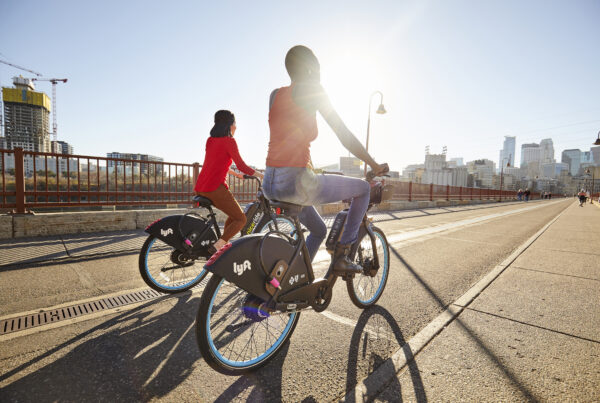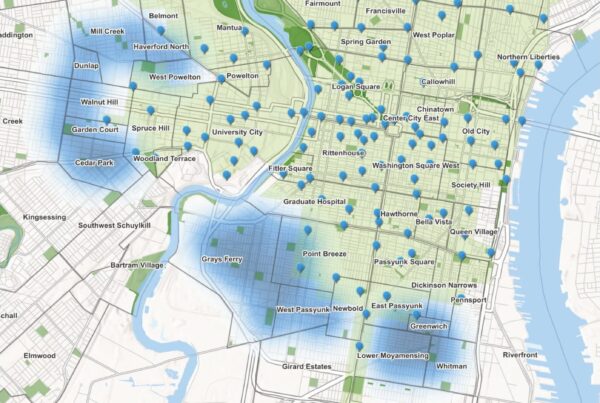Research by the Transportation Sustainability Research Center | November 24, 2011
Published by Innovative Mobility.
Abstract
By July 2011, North American carsharing had grown to an industry of nearly 640,000 members since its inception on the continent more than 15 years ago. Carsharing engenders changes in member travel patterns both towards and away from public transit and non-motorized modes. This study, which builds on the work of two previous studies, evaluates this shift in travel based on a 6281 respondent survey completed in late-2008 by members of major North American carsharing organizations. Across the entire sample, the results showed an overall decline in public transit use that was statistically significant, as 589 carsharing members reduced rail use and 828 reduced bus use, while 494 increased rail use and 732 increased bus use. Thus for every five members that use rail less, four members use rail more, and for every 10 members that ride a bus less, almost nine members ride the bus more. The people increasing and decreasing their transit use are fundamentally different in terms of how carsharing impacts their travel environment. This reduction, however, is also not uniform across all organizations; it is primarily driven by a minority (three of eleven) of participating organizations. At the same time, members exhibited a statistically significant increase in travel by walking, bicycling, and carpooling. Across the sample, 756 members increased walking versus a 568 decrease, 628 increased bicycling versus a 235 decrease, and 289 increased carpooling versus a decrease of 99 study participants. The authors found that 970 members reduced their auto commuting to work, while 234 increased it. Interestingly, when these shifts are combined across modes, more people increased their overall public transit and non-motorized modal use after joining carsharing than decreased it. Data collected on the commute distance of respondents found that carsharing members tend to have shorter commutes than most people living in the same zip code. The analysis also evaluates the distribution of residential population density of members and its association with average changes in driving. The analysis finds that average driving reductions are consistent across population densities up to 10,000 persons/square kilometer but become more varied at higher densities.



